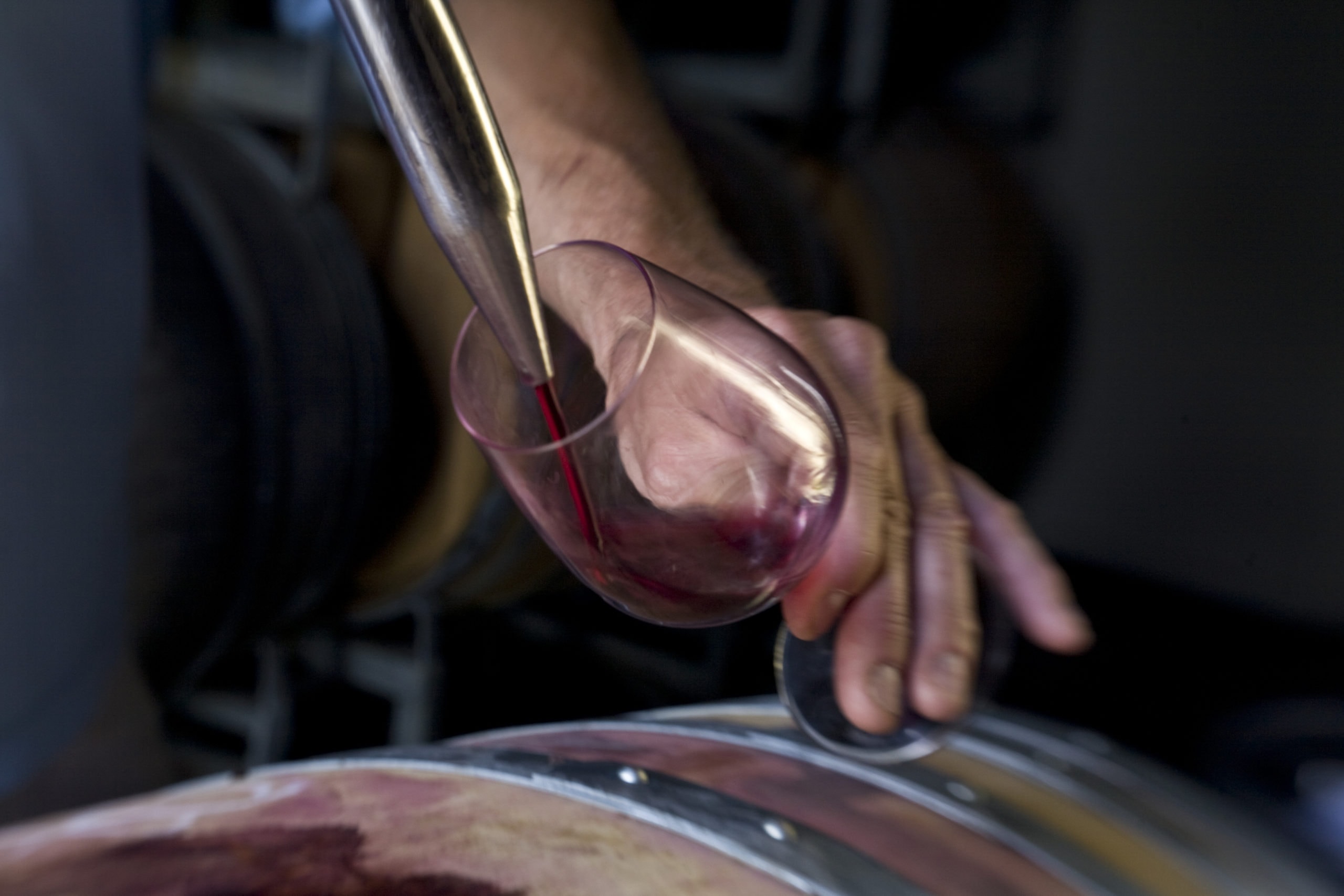Perception of quality and complexity in Pinot noir wine among experts
A new study of 18 New Zealand Pinot noir wines suggests the colour of the wine wasn’t a major driver of perceived quality among the experts. That’s just one of the findings in recent research that considers how wine professionals conceptualise quality in New Zealand Pinot noir wines, and how quality is associated with the important (but somewhat elusive) attributes of complexity and varietal typicality.
This is the first peer-reviewed study to be published from the New Zealand wine industry’s multi-year Pinot noir Programme, managed by Bragato Research Institute. Led by Dr Wendy Parr of Lincoln University, the findings from the international research team will be published in the November 2020 issue of Food Research International.
Pinot noir produces one of the world’s fine wines, with price tags among the highest in the world for a bottle. As a fine wine, the concepts of quality, complexity, and varietal typicality (i.e., a wine being perceived as true to the grape variety) often rear their heads in wine critics’ reviews of Pinot noir wines. What’s more, the terms quality and complexity in wine media—both concepts having been shown by researchers to be considered positive aspects of a wine—can influence consumer purchase and consumption behaviour. Exploring what is encapsulated within such terms is an ethical issue as much as it is of interest to wine producers, marketing professionals and scientists.
Twenty-two wine professionals evaluated 18 New Zealand Pinot noir wines in both clear and opaque glassware via two sensory tasks, a descriptive rating task and an eight-attribute, perceived complexity questionnaire. Findings of the research include:
• Quality and complexity were positively associated concepts in Pinot noir wines.
• Varietal typicality was virtually synonymous with perceived quality.
• While wine colour was not a major driver of Pinot noir perceived quality, the ability to see a wine’s colour influenced tasters’ judgments to wines at each end of the price/quality spectrum.
• Key drivers of perceived quality were descriptors varietal typicality, expressiveness, overall structure, and attractive fruit aromatics.
• Green/herbaceous notes, along with perceived reductive characteristics, drove judgments of low quality in the wines.
A future study in the Pinot noir Programme will explore the chemistry and wine composition driving some of the identified flavours, or in-mouth attributes, important to the perceived quality in Pinot noir.
About the Pinot Noir Programme
The Pinot Noir Programme is managed by Bragato Research Institute—the research subsidiary of New Zealand Winegrowers—with three main research providers: Plant & Food Research, the University of Auckland and Lincoln University.
The programme began in 2017 and runs to September 2022, with several aims from exploring the relationships between vineyard practices and winemaking styles to wine quality and consumer perception. One of the key outcomes of the programme is to not only define quality indicators of Pinot Noir, but also how they differ between consumers and experts.
The $10.3 million programme is funded by the Ministry of Business, Innovation & Employment’s Endeavour Fund and New Zealand Winegrowers, the national industry body for growers and wineries. Endeavour Funds are for long-term research programmes aimed at increasing the competitiveness of New Zealand industries.
Journal: Food Research International
Organisation/s: Lincoln University, Institute of Plant and Food Research, University of Chile, Tripwire Wine Consulting Ltd. & Misha’s Vineyard, The University of Auckland, University of Burgundy, Bragato Research Institute
Funders: Ministry of Business, Innovation & Employment’s Endeavour Fund and New Zealand Winegrowers
Reference: Parr, W.V., Grose, C., Hedderley, D., Medel Maraboli, M., Masters, O., Araujo, L.D., & Valentin, D. (2020). Perception of quality and complexity in wine and their links to varietal typicality: An investigation involving Pinot noir wine and professional tasters.
For more information, visit https://doi.org/10.1016/j.foodres.2020.109423.
Download a Facebook/LinkedIn image here.
Download a Twitter image here.

















